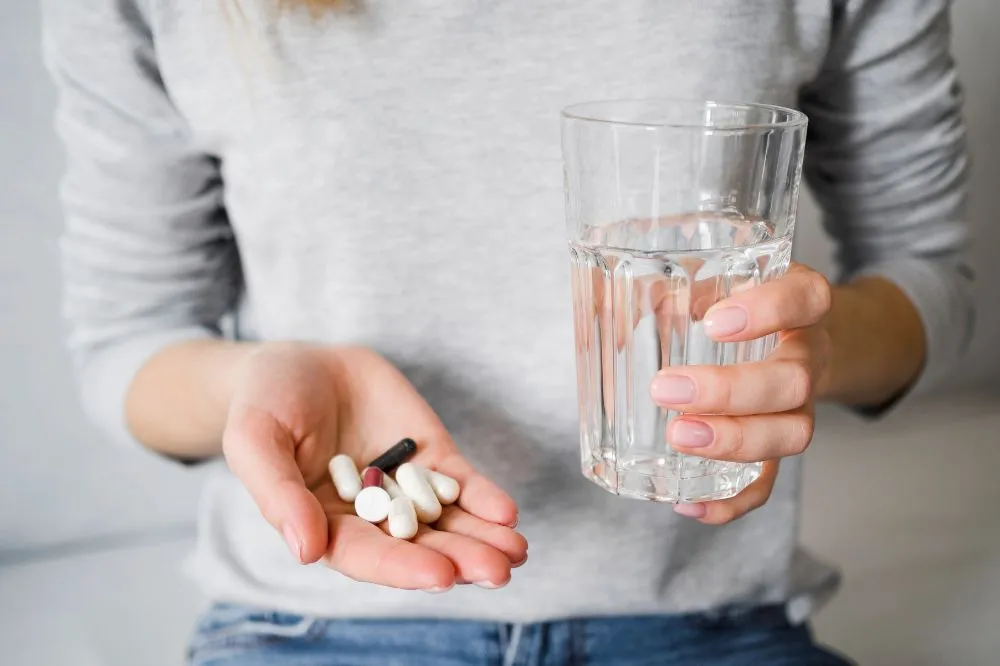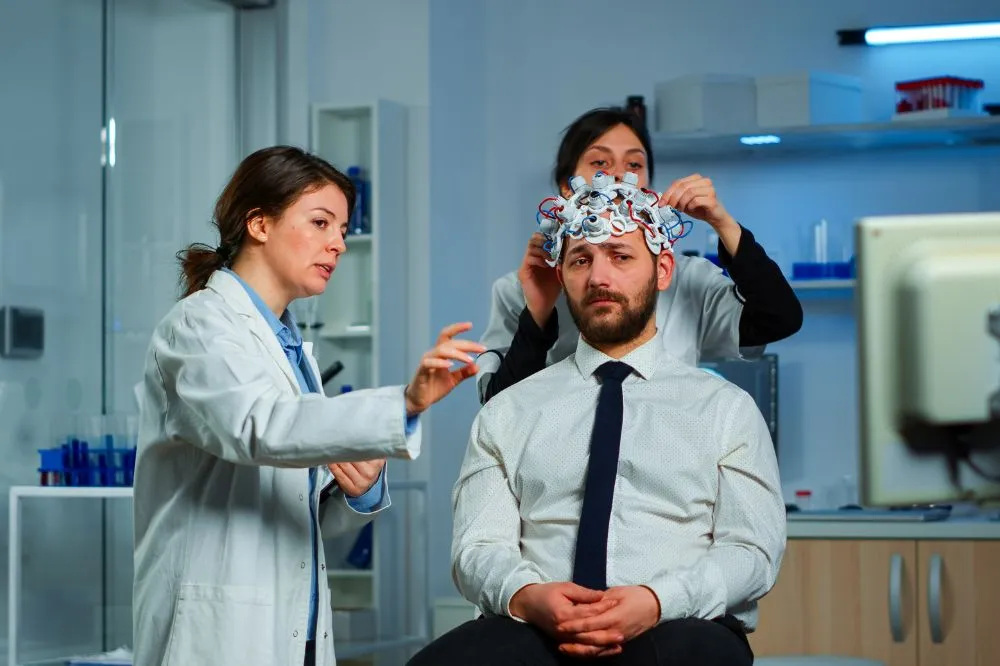Summary: Opioid addiction is a significant health threat. However, not all opioids are equally addictive. It means that making changes to the chemical structures of existing opioids may make them less addictive. Researchers think that they have found a way to do so. It appears that introducing the fluorine atom to various opioids may make them less addictive and yet ensure that they work well at the site of injury.
Opioid epidemics are showing no signs of receding. However, on the other side, we cannot negate that opioids are among the best painkillers. It means that giving up opioid use altogether may cause specific issues. Doctors may find it hard to manage moderate to severe pain without opioids. The Lives of those living with chronic pain may become miserable.
On the other hand, it has long been known that various opioids differ significantly, and some of them are not addictive at all. For example, codeine used to treat pain and dry cough has a low probability of causing addiction. Likewise, the anti-diarrheal drug loperamide does not cause addiction at all. Finally, even the synthetic opioid painkiller tramadol does not appear to cause addiction. Hence, why not try to create potent opioid painkillers that might lack any addictive effect?
There is a need to make some minor changes in the existing opioids so that they stop penetrating the blood-brain barrier and causing euphoria. This is possible, though challenging. However, considering the rise in opioid overdose and painkiller abuse, it is also a need of time. Moreover, opioids are almost irreplaceable in many clinical conditions.
Of course, chemists could have done it a long time back if it was that simple. Nonetheless, in recent years, there have been many technological advances. Thus, for example, computational chemistry has provided greater power to chemists.
Understanding Opioid Chemistry
Though there are many types of opioids, as one can see in the image above, they share some basic structures. However, though they have minor differences, they result in entirely different chemical and even biological properties.
Of course, one of the issues is that one cannot make significant structural changes to opioids, as it may result in reduced efficacy. However, suppose we want to reduce addictive effects of opioids. In that case, we need to find ways of making more significant changes to opioids and yet ensuring that their pain-killing effect is preserved.
This subject is not new. There are already some opioids that have a pretty different chemical structure when compared to morphine or other classical opioids. One such example is fentanyl.
Studies show that one of the ways in which opioids work is by becoming positively charged upon coming in contact with body fluids.
This positive charge helps opioids to bind on the target site. However, the problem with the existing opioids is that they become positively charged in all body fluids, in different organs, including the brain. So, it means that if we could find some way of preventing it or ensure that it only becomes charged at specific sites, this can help overcome addiction and many side effects of opioids.
Making Opioids Less Addictive
Researchers think it is necessary to change the opioid structure so that they become positively charged only in high-acidity environments. Studies show that injured tissues or inflammation sites have higher acidity than other body parts due to lactic acid accumulation. It means that any opioid requiring a greater acidic environment for activation will have a greater effect on the target site and will be less likely to cause euphoria.
Researchers have found this is possible, especially with the introduction of a fluorine (F) atom near the nitrogen, in the amine group of fentanyl. This will ensure that fentanyl remains less active in various body fluids but gains a higher activity level at the sites of inflammation and pain. What is exciting about this finding is that new studies show that introducing the fluorine molecule into morphine may also alter its characteristics. Thus, morphine will need a bit higher acidity to become active and start acting. This will help produce morphine that is more active in injured tissues, and thus less active in the brain and other sites, and hence less likely to cause addiction.
Now-a-days, the opioid treatment programs have started to utilize suboxone in their treatment, which is another potential medication. Researchers think they can explore an approach to alter the working of oxycodone and hydrocodone further. However, to date, this approach has only been tested in labs and appears to work. Thus, now there is a need to evaluate it in clinical trials.






